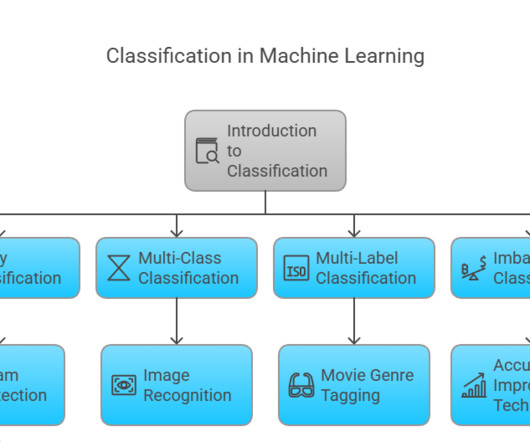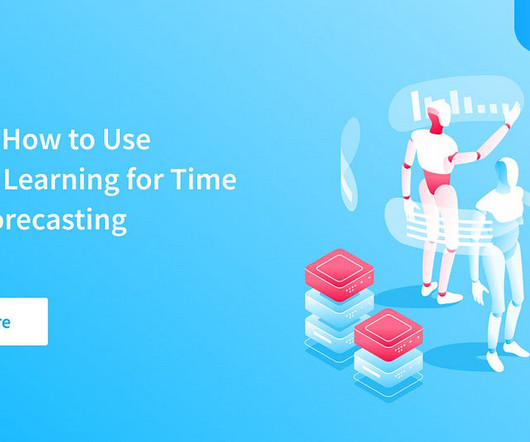Predictive modeling
Dataconomy
MARCH 17, 2025
Unsupervised models Unsupervised models typically use traditional statistical methods such as logistic regression, time series analysis, and decision trees. These methods analyze data without pre-labeled outcomes, focusing on discovering patterns and relationships.












Let's personalize your content